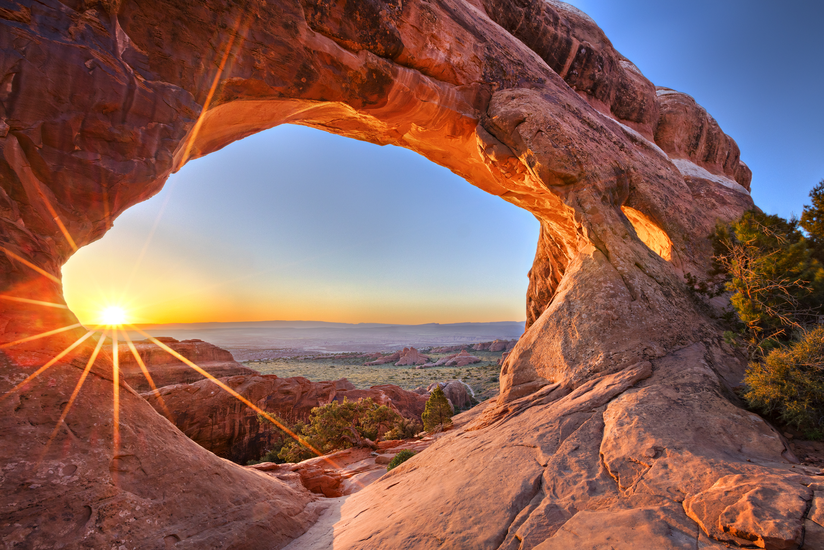American Beauty
The United States is home to 63 stunning national parks spread over 30 states. The oldest, Yellowstone National Park, was created by Ulysses S. Grant in 1872. The most recent addition, the New River Gorge National Park and Preserve in West Virginia, joined the club in December 2020. Each of the parks offers uniquely awe-inspiring wild places and represent the best of America’s natural beauty, offering visitors a place for spiritual renewal and the chance to get lost in the splendor of the great outdoors. Even when we can't visit the parks in person, we can still enjoy stunning photos of them from afar.
Related: Historic National Park Photos for Vintage Views








































































